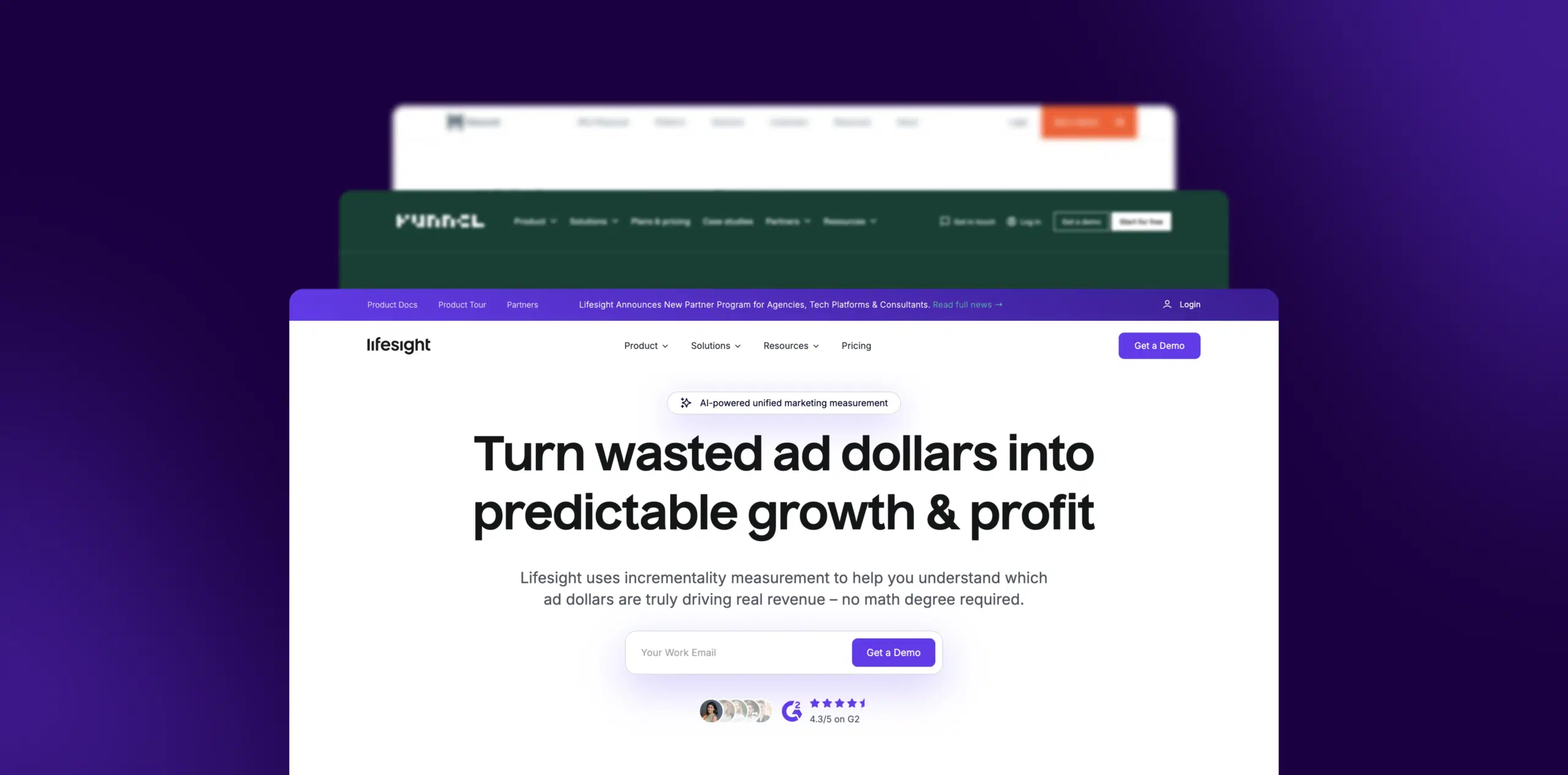What is Tracking Parameters?
In ecommerce, a tracking parameter is a customizable snippet or code added to a URL, usually in the form of a question mark followed by a series of variables. This component assists businesses in gathering valuable data regarding their website’s traffic and the effectiveness of their online marketing strategies. Essentially, this data helps in tracing the clicking sequence of a visitor through the site, the source of the traffic, the kind of content attracting the most attention, and more.
Formula
Typically, these tracking parameters follow a simple formula:
website.com/landing-page/?parameter=value.
Example
An example might be website.com/?utm_source=google. This tells the company that the visitor arrived at their site through Google.
Why is Tracking Parameters important?
The tracking parameter holds high importance in ecommerce as it allows businesses to monitor, assess, and optimize their digital marketing campaigns. It develops an in-depth understanding of what’s working and what’s not, thereby allowing for improvisation. Moreover, it plays an integral part in granulating the website’s traffic data, enabling businesses to better engage with their target audience.
Which factors impact Tracking Parameters?
Improvement of tracking parameters involves consistent refinement and experimentation. Start by identifying the information pertinent to your business. Use this to form a structured naming convention for your parameters to ensure accurate tracking. Make use of Google’s Campaign URL Builder or similar tools to generate systematic and well-structured URL tracking parameters.
How can Tracking Parameters be improved?
Different factors can impact the efficacy of tracking parameters. They include, but aren’t limited to, the type of marketing channel, the specific campaign being tracked, the platform being used, and the structured naming convention adopted for the parameters.
What is Tracking Parameters’s relationship with other metrics?
Tracking parameters are directly linked with other key ecommerce metrics such as the visitors’ journey, bounce rate, conversion rate, and sources of website traffic. The insights collected from tracking parameters can be used alongside these metrics to further refine marketing strategies and improve overall ecommerce performance.
Free essential resources for success
Discover more from Lifesight






















































